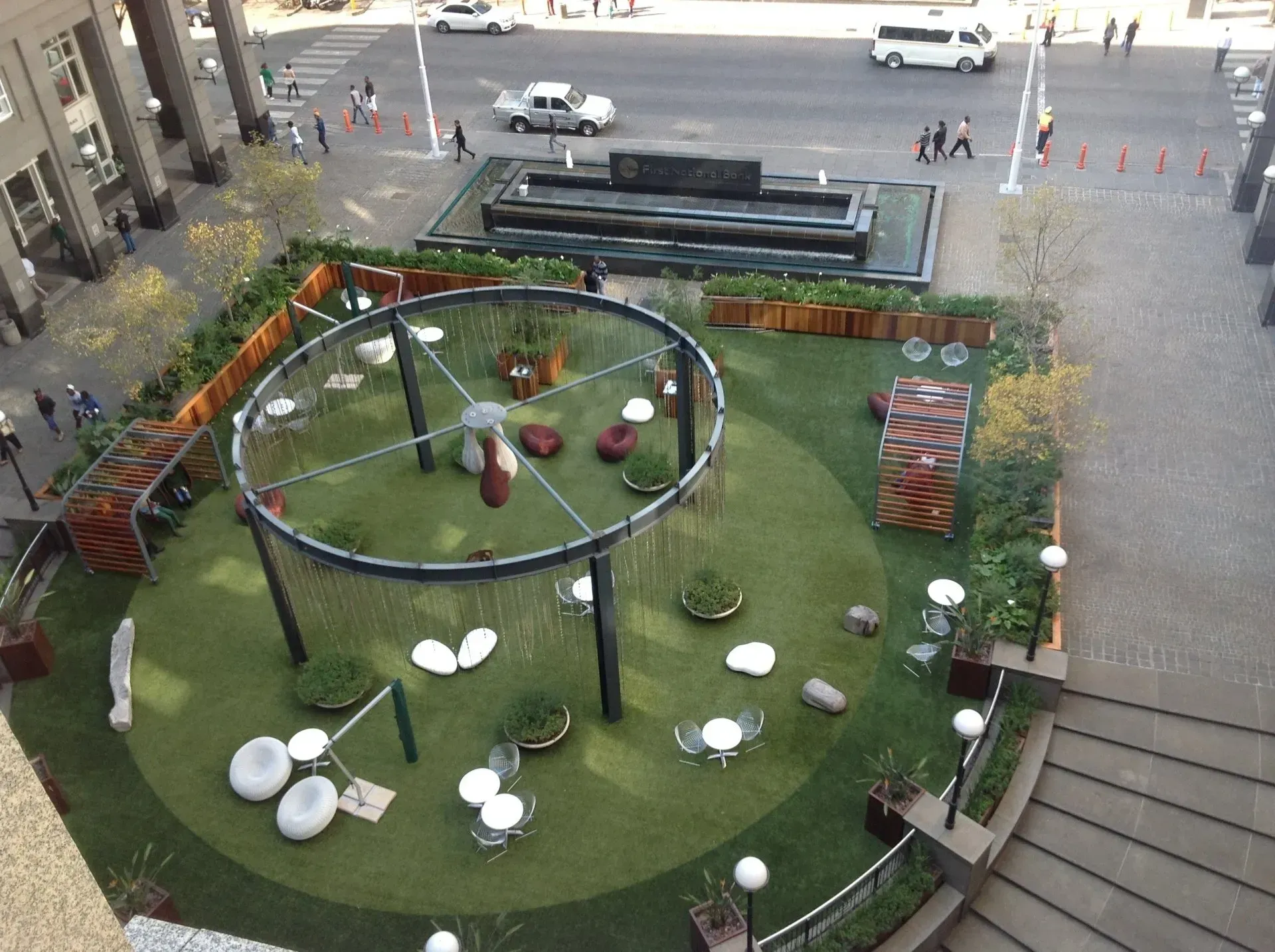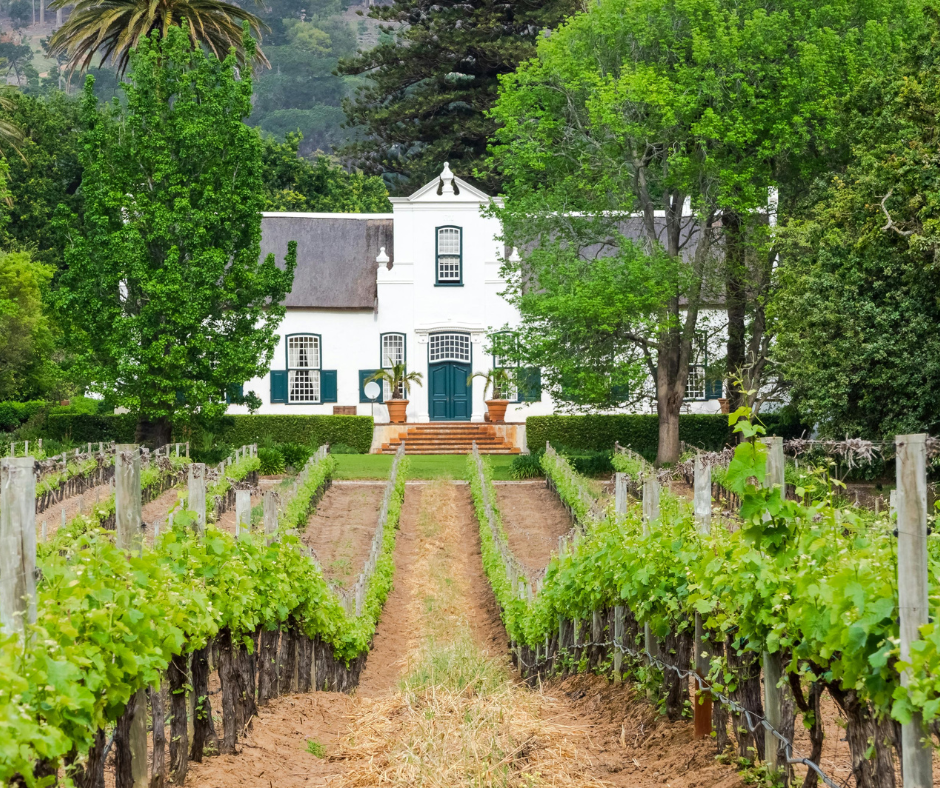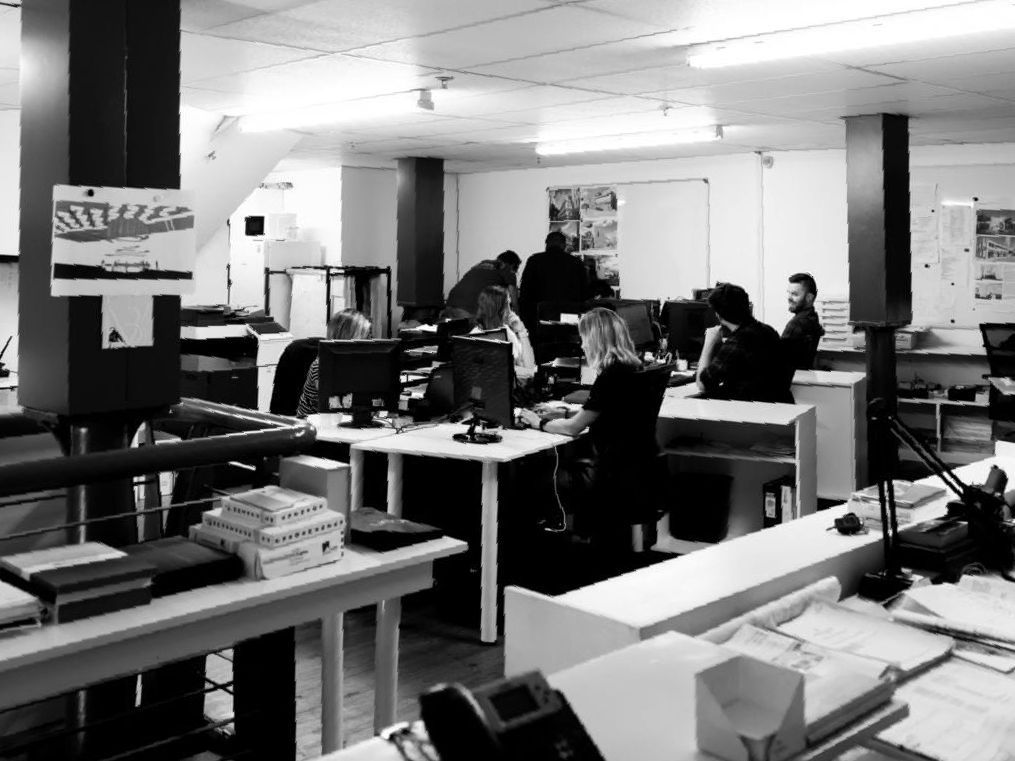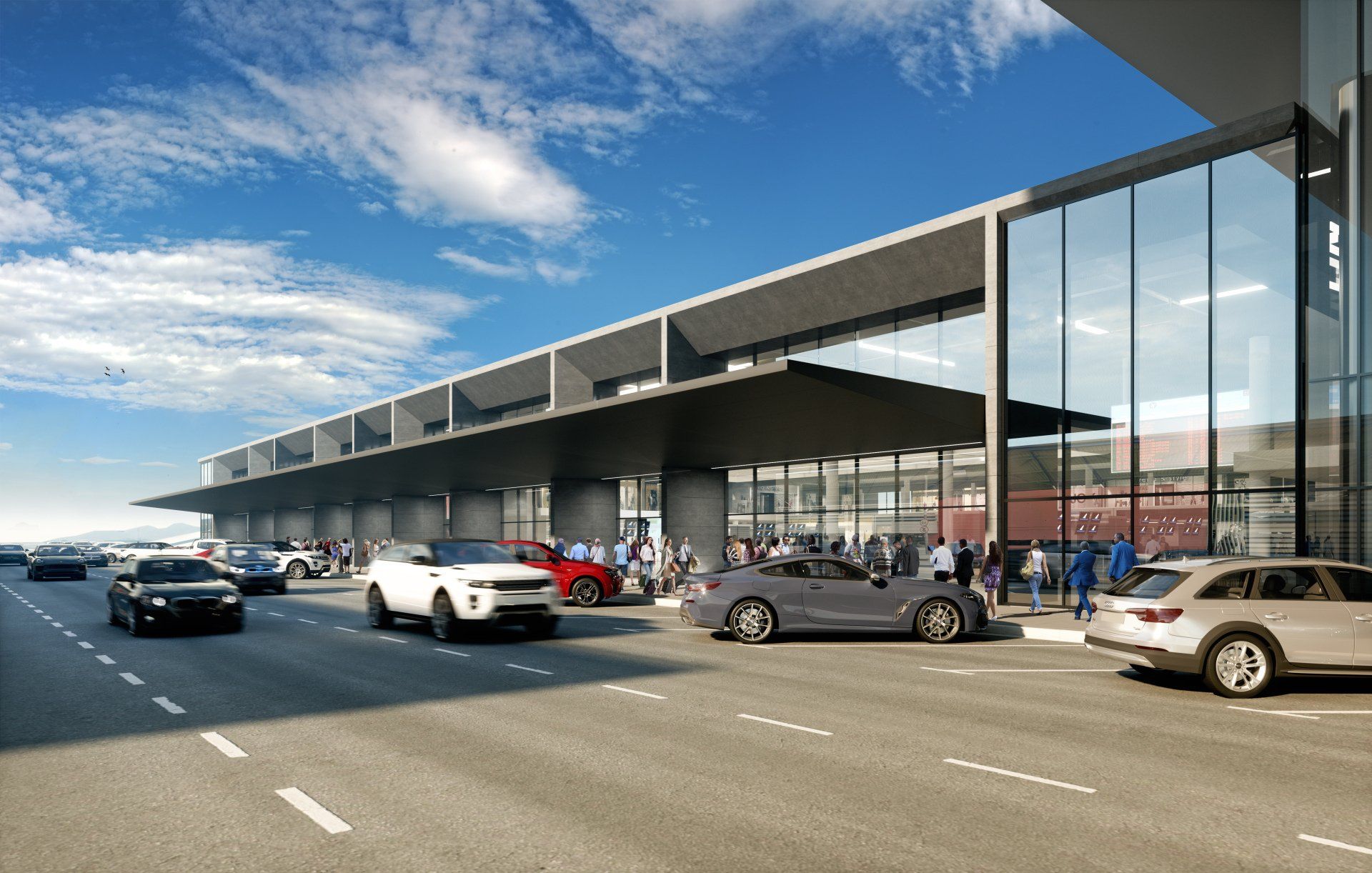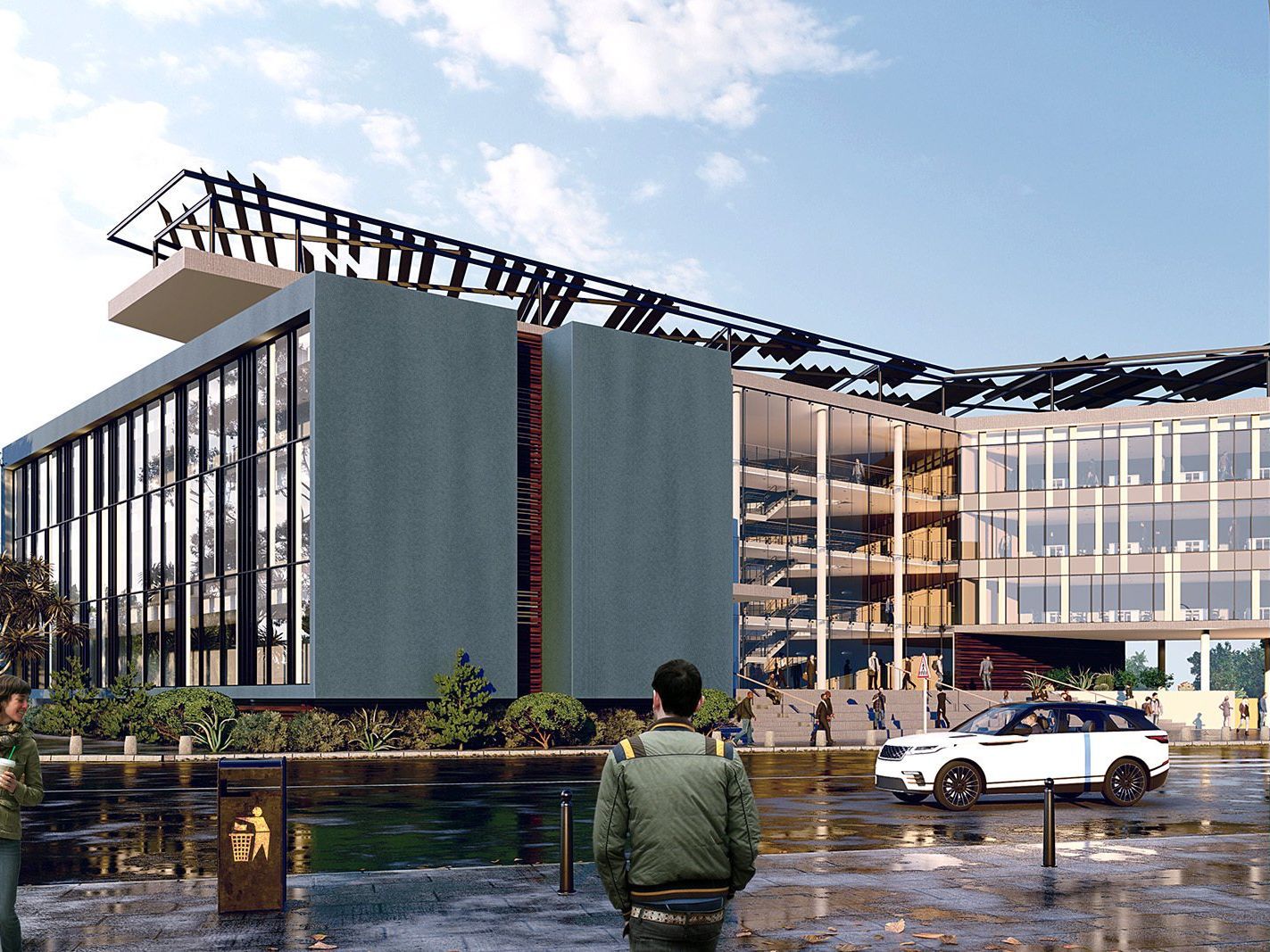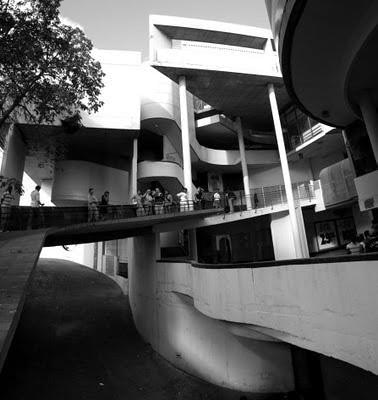The Impact of Coronavirus on Architects
It’s no secret that the Coronavirus outbreak of 2020 took the entire world by storm with new regulations and restrictions on everyday life taking its toll on individuals and businesses alike. Lockdown came as a surprise to the entire nation and we have had to get used to the ‘new-normal’ way of living in order to adapt and survive as, as it stands, we unfortunately cannot anticipate when the end of this virus’s reign over the globe will end.
We have been watching businesses and industries around the globe revolutionizing the way they conduct their business in order to adhere to the new laws, put into place to protect our country from the Coronavirus outbreak and minimize global fatalities. One industry that has had to revolutionize their conduct of business more than most is the architectural industry.

The Biggest Effect of Coronavirus on The Corporate World
One of the more obvious ways Covid-19 has changed the working world for most industries, not just the architectural industry, is the ban on non-essential workers in any working space. This has accelerated the goal to gradually shift corporate office environments to virtual/cloud-based working spaces. This notion first came into the equation in the early 2000’s and slow integration came into action shortly thereafter but as it stands, business meetings and business as per usual, is being conducted from home, via various connecting platforms and making this goal a reality as we speak and with online learning for scholars of varying ages almost seamlessly up and running and easily accessible, it would seem we have jumped forward into the new technological age.

How Covid-19 Has Impacted Architects
Architects specifically, have unfortunately suffered a two-fold effect with the restrictions and regulations on businesses due to the Coronavirus outbreak. It has not only changed the way architects work on a day-to-day basis, in the office and with clients, but it has changed the way they design too.
Architects have had to move over to collaboration software in order to allow multiple different people to work remotely on a joined project, all at the same time. Instead of designing on their PC’s and sketch pads, we have seen a major shift to electronic tablets that act as portable sketch pads, equipped with intelligent mark-up and review processes that enable architects around the world to simulate their office and office equipment with remote office alternatives.
As depicted throughout history and easily recognized in the early architecture of the 20th century, the emotional and psychological impact a virus outbreak can have on architects, as artists and home-owners and businesses architectural needs and desires can greatly affect the design style of the day. We saw it with the move to cleaner lined, open planned living, cooking and dining areas with the outbreak of tuberculosis in the century before ours and you can rest assured that this pandemic will too, make its mark in the architectural world, impacting building and home designs and layouts.
With the exception of emergency based architecture, for instance construction on hospitals, the impact Coronavirus has had and will continue to have on architect’s designs are expected to be more of a pro-longed, subtle change and to know what we can expect in terms of architectural design as a result of Coronavirus remains unknown.
Can we expect social distancing to become a more permanent fixture in our lives? Will we continue to limit the amount of people that can use a space at one given time? Will we look into only using natural methods of ventilation on a more prolonged basis, not just to prevent and cure global warming, but to protect our own health?
These are all questions only time itself can answer as we sit and wait to see just how Covid-19 has an impact on the architectural world forever.
For more information about our innovative architectural services and on how we can assist you, get in touch with our team of professional architects and designers in Durban and Cape Town.

Cape Town
109 Waterkant Street
De Waterkant Cape Town
South Africa, 8001
Durban
Rydall Vale Office Park
Rydall Vale Crescent
Block 3 Suite 3
Umhlanga, 4019
Website design by Archmark


